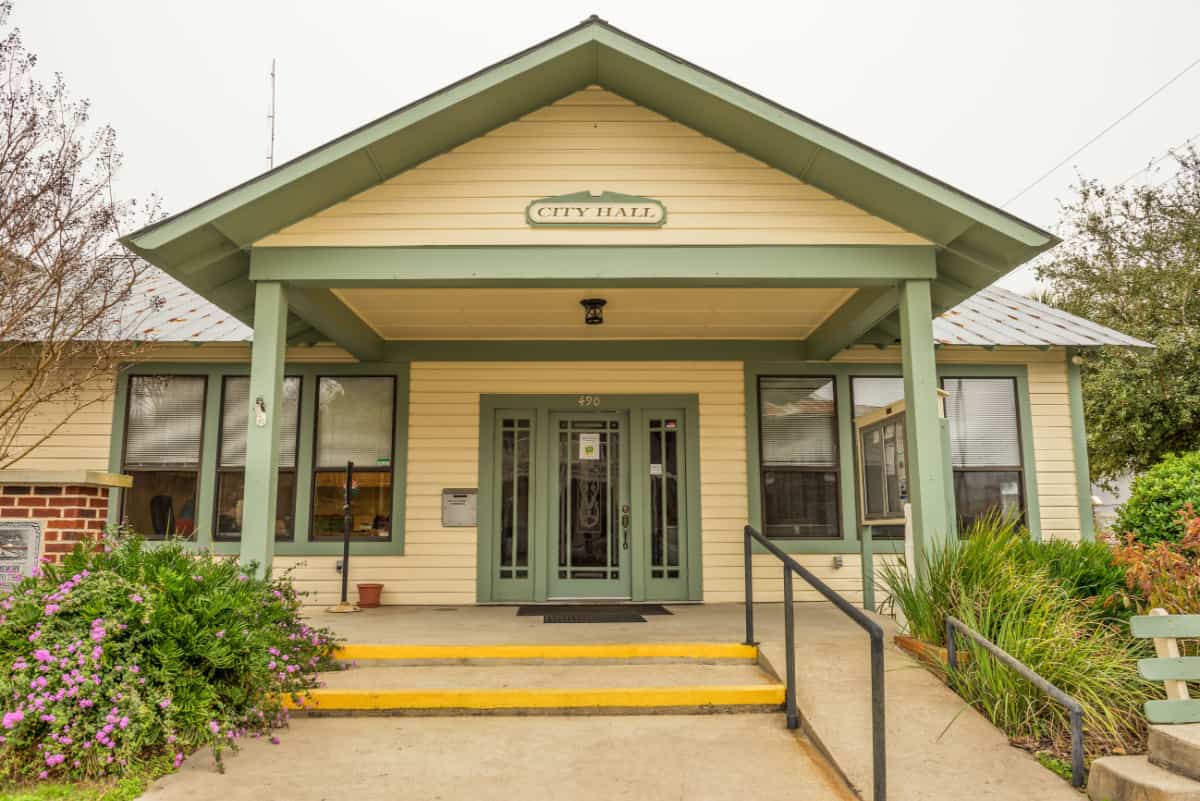Unlock a slice of Florida that time, it seems, has deliberately overlooked.
There’s a secret nestled in the Gulf Coast, shrouded in oyster-lined waters, ancient mangroves, and the echoes of forgotten tales.
Welcome to Cedar Key: the Gulf Coast’s hidden time capsule.

Far removed from Florida’s stereotypical high-rises and frantic amusement parks, Cedar Key unfolds as a breath of fresh salty air.
It’s an anomaly, a delightful paradox, stubbornly clinging to its old-world charm amidst the ever-encroaching claws of modernization. And what a charm it is!
Depot Key
Originally known as 'Depot Key,' this settlement was an essential supply depot during the Second Seminole War in the mid-1800s.
The name change?
That happened once people recognized the abundance of Eastern Red Cedar trees in the area, which were soon turned into pencils at the Cedar Key-based Eberhard Faber mill.

Traditional Charm
The town, small enough to be circumnavigated on a bicycle, is a collage of well-preserved, cracker-style houses and rambling Victorian homes, standing proudly as testaments to simpler times.
Some date back to the 1880s, still echoing with tales of Spanish explorers, Civil War soldiers, and the stalwart pioneers of yesteryears.

Did you know that Cedar Key was once the terminus of the Florida Railroad that stretched from here to Fernandina beach on the Atlantic coast?
Imagine a time when the chug-chug of the steam engine reverberated through the town, bringing goods and explorers alike to this hidden paradise.
Today, Cedar Key paints a picture of serene seclusion. With a population just over 700, it has more pelicans than people!
Fishing boats outnumber fancy yachts, the echoes of roaring engines replaced by soft splashes of paddleboards and kayaks navigating the surrounding archipelago.
Cedar Key’s History Isn't Just Preserved, It’s Alive.
The past intertwines with the present here, creating an unspoken camaraderie between generations.
Yet, Cedar Key is not just a living museum.
It's a natural wonder, home to the Cedar Keys National Wildlife Refuge, a sanctuary for migratory birds and a treasure trove of biodiversity.
Ever seen a white pelican or an endangered West Indian manatee up close? Here, such encounters become commonplace.
Cedar Key, this Gulf Coast's gem, holds the secrets of the past while living harmoniously with the present. Are you ready to unlock its stories?
Here are some must-visit spots in Cedar Key:
Cedar Key Museum State Park
This park is home to the St. Clair Whitman Museum, named after the resident who collected the artifacts now housed here.

The museum boasts fascinating exhibits showcasing Indian artifacts, sea shells, and items illustrating the town's pioneer days.
The restored Whitman house on-site gives a peek into the 1920s living.
Cedar Keys National Wildlife Refuge
This refuge is a critical habitat for nesting birds, stretching over 13 islands.

Atsena Otie Key, once the center of Cedar Key town, is now a quiet refuge island teeming with native plants, birds, and wildlife.
The island holds a pioneer cemetery and the remnants of the Faber Pencil mill, a nod to Cedar Key's past.
For more information, you can check the U.S. Fish and Wildlife Service website.
Cedar Key Art Co-op
This vibrant co-op showcases works from over 20 local artists.
From paintings and prints to jewelry, pottery, and textiles, the artwork here beautifully captures the natural beauty and spirit of Cedar Key.
You can meet the artists themselves on weekends!
Cedar Key Historical Museum
This museum, set in two historic buildings, takes you through Cedar Key's boom-and-bust days.

From the early Native American settlements to the prosperous cedar mill era and the growth and decline of the railroad.
Detailed exhibits and knowledgeable docents enrich your understanding of the town's history.
For more information, you can check the Cedar Key Historical Society Museum website.
Lone Cabbage Key
A trip to this secluded island is like stepping back in time.
It hosts an old lighthouse built in 1854, the oldest standing one on the west coast of Florida.
Climb to the top for panoramic views of the surrounding islands.
Cedar Key Pier
The City Pier, at the end of 2nd Street, is a hub of local activity.

It's a tranquil spot to fish, enjoy bird watching, or simply bask in the breathtaking views of the Gulf of Mexico.
The unforgettable sunsets seen from this pier are a highlight of any Cedar Key trip.
Shell Mound Park
Just north of Cedar Key, this archaeological site is a 28-foot-high shell mound, or midden, created by the native peoples who discarded oyster shells over 2000 years ago.

A scenic trail meanders around the mound, offering views of the marshland, tidal pools, and ancient oaks.
Local Seafood Restaurants
Cedar Key is renowned for its farmed clams.
Try the award-winning clam chowder at Tony's Seafood Restaurant, which has won the Newport Clam Chowder Cook-off three times.
The Island Room Restaurant at Cedar Cove offers an upscale dining experience with a menu that stars local seafood and produce.
Kayaking Trails
Exploring Cedar Key’s backwaters and surrounding islands by kayak is an unforgettable experience.
Local companies provide rentals and guided tours.
Paddling along the trails, you have a chance to spot dolphins, manatees, and a diverse array of birds, all while surrounded by mangroves and serene waters.
Gain a Unique Perspective on Cedar Key by the End of the Trip
Cedar Key invites you to step off the beaten path and experience the Florida that time forgot.
Each of these places offers a unique perspective on Cedar Key, enriching your journey through this quaint Gulf Coast town.
Cedar Key is waiting to share its stories with you, and who knows, perhaps help you write a few of your own.
Enjoy your travels!
For more lesser-known travel destination, check out these other articles:
This Florida hidden gem has lions, tigers and a real castle: Arcadia, FL Guide
Undiscovered Florida: 5 Must-See Hidden Gems To Visit
